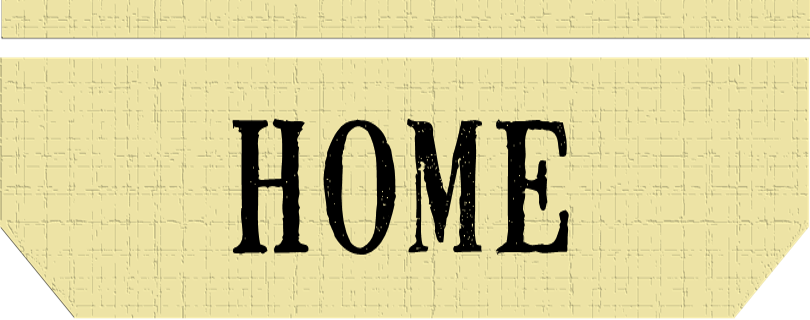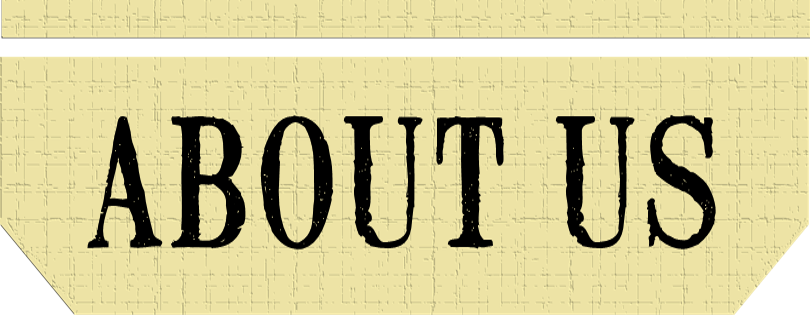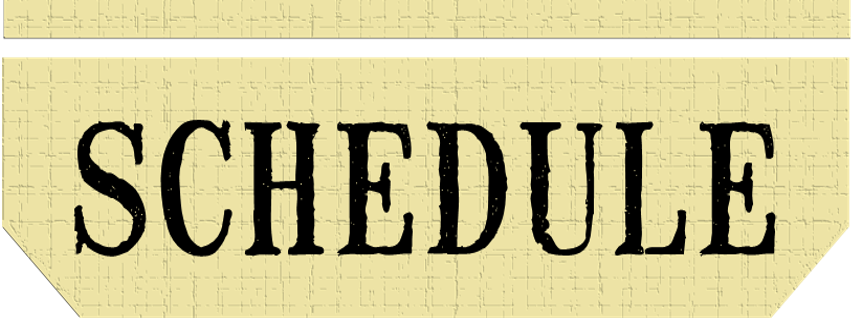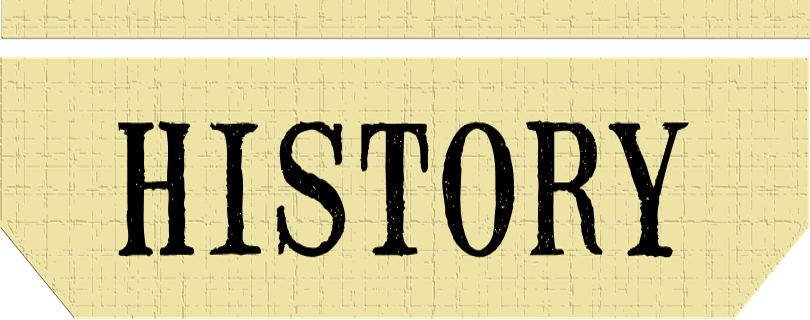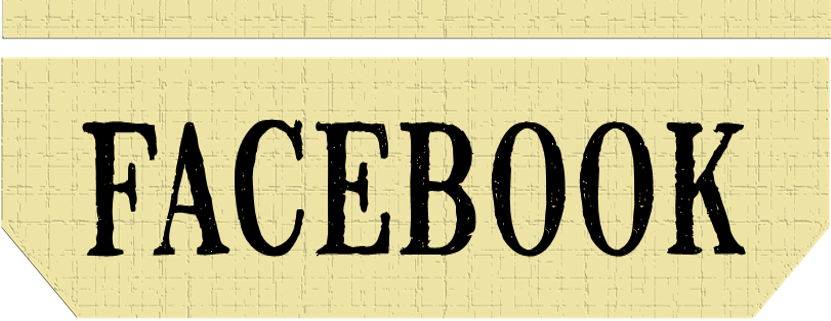WHAT TO GET AND WHERE TO GET IT
PART V (5) - CIVILIAN CLOTHING - MEN
A lot of men who enter the world of Civilian Reenacting rush out and base their impressions off of Gone with the Wind type gentlemen, the old Riverboat Gambler from Maverick, or the backwoodsman of Daniel Boone & Davy Crocket; this results in the purchasing of a lot of things that are useless and inappropriate for the average male civilian of the 1860's; things like pistols, bowie knives, playing card, non-period fancy floral pattern vests, buckskin suits, etc. The following is a basic step-by-step guide to help you know what to get and why to get it as you get started, and to hopefully provide you with a good starting point as you do your own research and develop your impression more thoroughly. The list is not meant to be comprehensive and is a starting point for portraying the average male civilian or the 1860's, not the upper or lower classes, but the middle class of America from 1860 to 1865.
The clothing of a middle-class farmer in the rural areas would differ from that of the clerk or bookkeeper in a city, or of the teacher at a school as opposed to the day laborer in a city of farm laborer in the country. While putting together your impression it will be important to consider what you are portraying; if you are going for a more rural impression jean wool would be more than common for everyday wear than the finer wool clothing found in a city; and if you impression is that of a teacher or clerk, things like a vest would be included, as opposed to a farm laborer who might have a coat but not a vest. Other things to take into consideration are your age - Is what you are wearing appropriate to a person of your age; as well as your personal preferences - is what you are wearing something you would actually have worn in the 1860's. As opposed to the military where clothing was issued to the soldiers, the civilian of the 1860's could purchase
whatever they liked in a wide variety.
As you review this guide if you have any questions about the types of fabrics, prints, what is appropriate or not, or any other questions, contact our Civilian Coordinator or any of our members for more information.
Trousers of the 1860's were available in a wide variety of materials and colors, we recommend that those starting out purchase a pair of jean wool or wool trousers in natural colors, while avoiding the military colors of gray or sky blue. When considering the options for material and color look through several options and pick out 2 styles that you prefer, then check with a member of the company to make sure they are appropriate, and who will be able to help you pick the best option.
Approved Vendors
| READY MADE ITEMS | MAKE IT YOURSELF |
| x | x |
| x | x |
| x | x |
 |
 |
 |
 |
 |
 |
| Unknown at Train Depot, 1864(Library of Congress) |
Men's Trousers, Unknown(The Met) |
Jefferson F. Davis, 1865(ACW Museum) |
x ( ___ ) |
Unknown(Source Unknown) |
QM Office, VA, 1864(Library of Congress) |
Shirts were available in a variety of styles and patterns, some had collars, others were collarless, and then there were some with detachable collars. We suggest a good sturdy white muslin/cotton/osnaburg shirt for everyday use which will be able to get dirty and can take some wear and tear without wearing out quickly. We encourage two shirts for all participants and recommend a good shirt that can be used for more formal occasions, or as a good extra shirt.
Approved Vendors
 |
 |
 |
 |
 |
| Unknown, Pesnacola, FLA(Library of Congress) |
Unknown(Library of Congress) |
Shirt, ca. 1865(The Metropolitan Museum) |
Shit, ca. 1850-1869(The Metropolitan Museum) |
Unknown, QM Shop, Washington, DC, 1864(Library of Congress) |
Footwear. With the variety of footwear during the period, civilians have several options of various styles of shoes or boots; however, we do encourage you to take some time to consider your footwear. While riding boots look good in the movies, if you do not have a horse and are walking around an event, why spend the additional money on riding boots that are not appropriate to your impression, when a good pair of low boots or shoes could be obtained at a better price and quality? We encourage new civilians to first obtain a good pair of shoes rather than boots, and then they can later upgrade to a good pair of boots. While civilian style shoes are encouraged, the military brogan is acceptable for those just starting out.
Approved Vendors
South Union Mills - Civilian Bootees
N.J. Sekela - 1850's Men's Low Shoe & 1859 Men's Work Shoe
Socks. Cotton or Wool socks were easily obtained items, either purchased from a mercantile or made by a family member. It is recommended that you have at least two pairs of good socks, not only to have a dry pair in case of wet weather, but also a good pair of socks can help when breaking in a pair of new shoes or boots.
Approved Vendors
South Union Mills - Machine Knit Cotton Socks
Wambaugh, White & Co. - Machine Knit Wool Socks
 |

 |
 |
 |
| Unknown(Library of Congress) |
Shoes, ca. 1848 (The Metropolitan Museum)Jefferson Brogans, ca. 1860s (Smithsonian) |
Boots, ca. 1855-1869(The Metropolitan Museum) |
Unknown, ca. 1860s(Source Unknown) |
The most common form of headwear used by the civilians of the 1860's would be the brim style hat in various forms, beyond that is a wide variety of mechanic (or wheel), workman's, military style caps. For those starting out we suggest the common slouch (brim) hat which will be useable for either a Northern or Southern impression and save you the cost of having to buy multiple hats. When choosing a hat look through several options and pick out 2 styles that you like, then check with a member of the company who will be able to help get you the most appropriate and best quality hat.
Approved Vendors
Goober Grabber Headwear
Dirty Billy
 |

 |
 |
 |
 |
| Thomas Lewis Fremont of NY(ACW Museum) |
T.V. Brooke of VA (ACW Museum)John Gageby of WV (Civil War Talk) |
Unknown(Library of Congress) |
Hat, ca. 1850(The Metropolitan Museum) |
Unknown(Library of Congress) |
As with the other items, these came in a wide variety of materials, colors, patterns, etc., from frock coats, sack coats, paletots, smoking jackets, etc. Our top two suggestions are the sack coat or the single-breasted frock coat, as they were the most common of the period and would have been seen in both the North and South. When looking through the options of material and color, as well as patten, pick out the 2 or 3 styles that you like best and check with a member of the company who will be able to give you suggestions as to what will be the most appropriate, accurate and best quality for your coat.
Approved Vendors
| READY MADE ITEMS | MAKE IT YOURSELF |
| x | x |
| x | x |
| x | x |
The following are examples (images and originals) of fock coats of the 1860's.
 |
 |
 |
 |
 |
| Unknown, Richmond, VA, 1865(Library of Congress) |
Frock of A.J. Grayson of VA(ACW Museum) |
J.O. McGehee of VA, ca. 1861(ACW Museum) |
Frock of W.A. Williams of KY(Kentucky Historical Society) |
Christian Commission, VA, 1864(Library of Congress) |
The following are examples (images and originals) of sack coats of the 1860's.
 |
 |
 |
 |
 |
| Unknown, Waco, TX, ca. 1863-'64( ___ ) |
Linen Sack Coat, ca. 1860(Augusta Auctions) |
Sack Coat, ca. 1850s(Reddit) |
Coat, ca. 1860(V&A) |
QM Office, Washington, DC, 1864(Library of Congress) |
The following are examples (images and originals) of several different style of coats of the 1860's.
 |
 |
 |
 |
 |
| Linen Coat, ca. 1860-1864(Source Unknown) |
Linen Top Coat, 1840-1850(Augusta Auctions) |
Linen Frock Coat, 1860(Augusta Auctions) |
Smoking Jacket, D.N. Gore, 1864(NC Museum of History) |
M.H. Allen in Overcoat, 1862(Alabama Archives) |
x
Approved Vendors
| READY MADE ITEMS | MAKE IT YOURSELF |
| x | x |
| x | x |
| x | x |
 |
 |
 |
 |
 |
| Clerks, Washington, DC, 1864(Library of Congress) |
Jefferson F. Davis of MISS(ACW Museum) |
Joseph H. Swathmey of VA(ACW Museum) |
Tilden B. Douglas of SC(ACW Museum) |
Captured Civilian, VA, 1864(Library of Congress) |
| STEP 7 - EYEWEAR / GLASSES |
Eye wear can make or break an impression. You can have the most accurate and expensive reproduction clothing available, however, if your glasses are modern the impression is still going to look bad. Luckily there are several sources for period eye wear, and most can be taken to modern eye doctors to have lenses produced for them at a reasonable cost. As an example, the webmaster purchased a set of period frames from James Townsend for $25; taking them to the local Walmart Eye Clinic they were able to put in his prescription lenses for only $50.
Approved Vendors
Townsend - 19th Century Reproduction Glasses
Historic Eye Wear Company - 1855-95 Oval Small Blued Steel & 1855-95 Oval Large Bethlehem Blued Steel
 |
 |
 |
 |
| Unknown pair of Original Glasses(ACW Museum) |
Thomas Lyman Randolph(Bancroft Library) |
Unknown(Pinterest) |
Unknown(Museum of New Zealand) |
|

